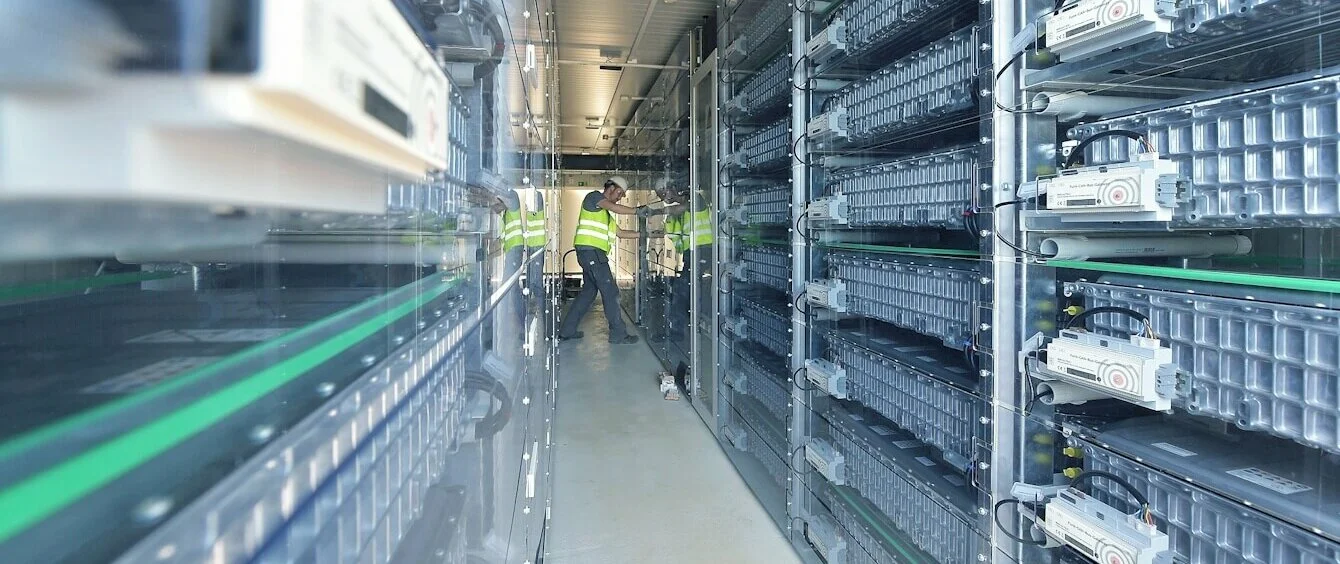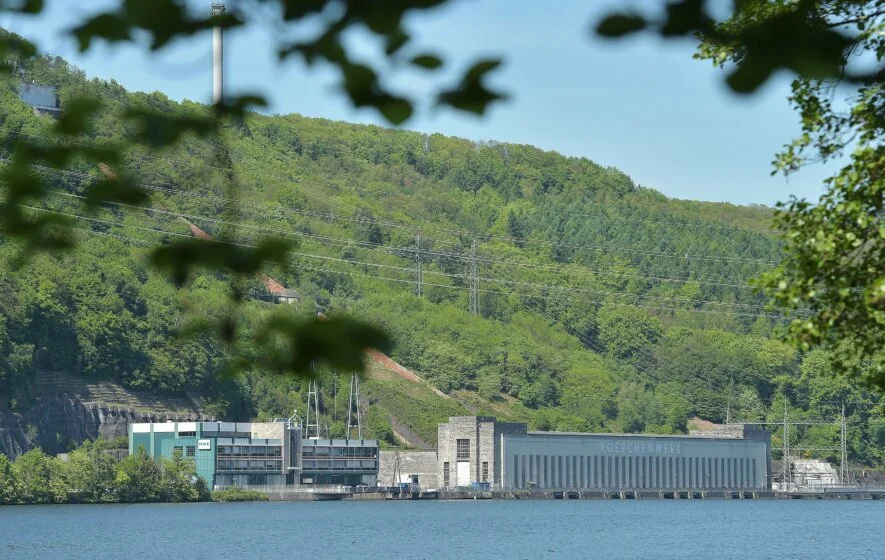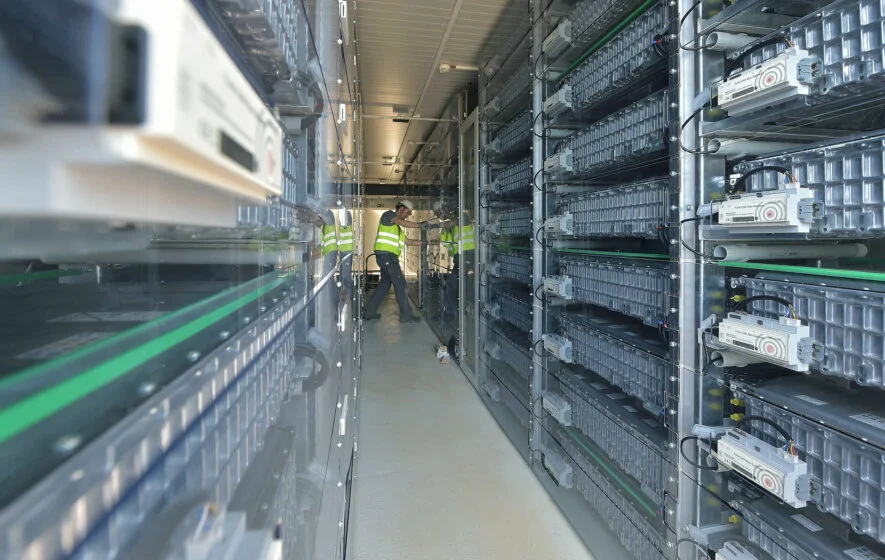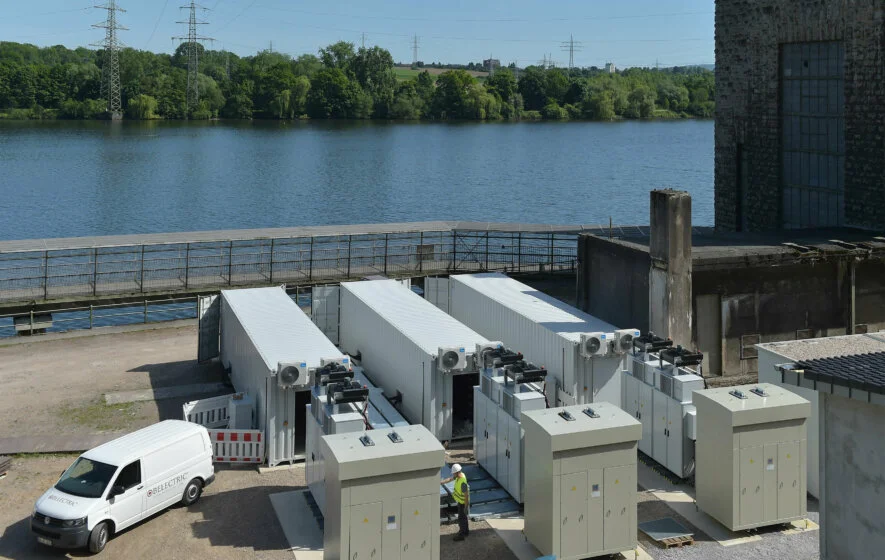Renewables are climate friendly, but they are also volatile. Production depends on the availability of renewable energy sources, mainly wind and sunshine. In early 2018, RWE Generation launched a pilot project using a technology that should help to smooth out these fluctuations.
The voltage of an electrical grid is sensitive. Production always has to be adjusted to meet demand, in order to maintain the network frequency of 50 Hertz in Europe. Minor fluctuations are not a problem and occur quite normally during the course of a day. But a deviation of just 2.5 Hertz can cause a grid to collapse. This hardly ever happens, because power producers can regulate the electricity they feed into the network very precisely.
With conventional power stations, this is done by varying the amount of fuel used. However, the production of wind and solar power depends mostly on the weather. In the case of surplus capacities, these systems can be taken off the grid, but then the available energy is left unused.
Storage technologies are the link between modern grids and a volatile energy production from renewables. Frank Amend, CEO, BELECTRIC Solar & Battery GmbH
Battery storage systems can help to smooth out these fluctuations and bridge differences in the timing of production and demand. This makes it easier to use renewables more efficiently and also helps to keep the network frequency stable in the event of fluctuations.
Battery storage systems for short-term grid balancing
In February 2018, RWE Generation SE started operating a state-of-the-art battery storage system at its pumped-storage power plant located at Lake Hengstey in Herdecke near Dortmund. Investment in this new facility amounted to around six million euros. The battery storage system was installed by BELECTRIC, a global leader in energy storage systems.
In total, the battery storage unit consists of three identical systems. Each of them comprises a converter, a transformer and a shipping container, which holds 184 battery modules with 100 lithium-ion cells from the automotive industry. The transformers are connected to the grid with medium-voltage switchgear.
The battery storage system can store around seven megawatt hours, which it can feed into the grid within about one hour if necessary. During that one hour, the system could cover the average consumption of about 17,000 households. But this is just a hypothetical scenario, at least as long as there are conventional power plants available to provide base-load power for the grids.
The battery storage system is used more to respond to frequency changes in the electrical grid and provide what is technically referred to as a primary control power. It stores electricity when production temporarily exceeds consumption and feeds electricity into the grid in the opposite case. The storage unit’s available capacity is registered with the transmission system operator Amprion and is marketed by RWE Supply & Trading from Essen.
“This system is our first pilot project in the market for battery storage systems” said Roger Miesen, Chief Executive Officer of RWE Generation at the commissioning ceremony. “We believe that the operation and marketing of batteries and other energy storage systems has great potential, and we are happy to open up new perspectives for our site in Herdecke with this investment.”



